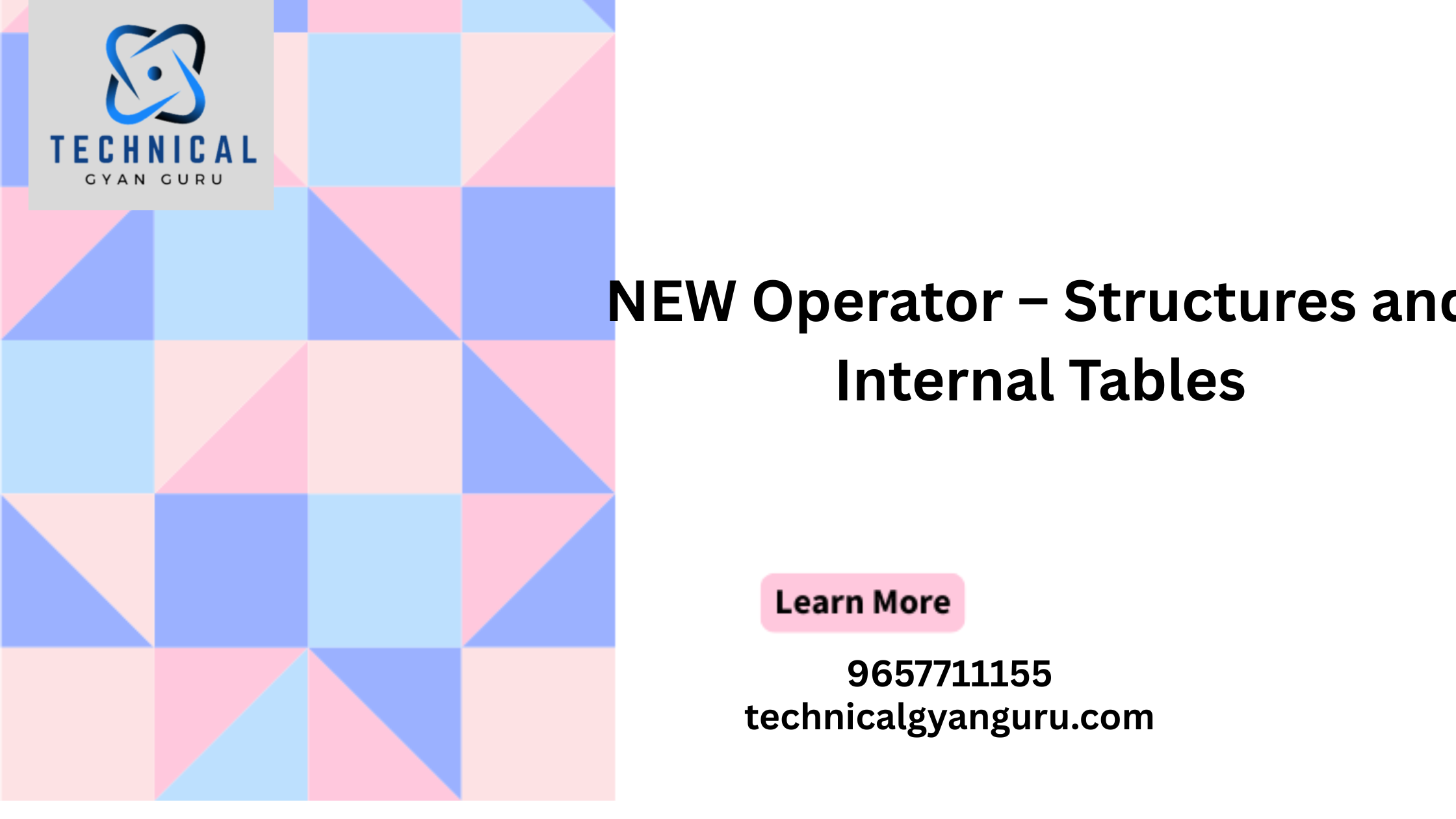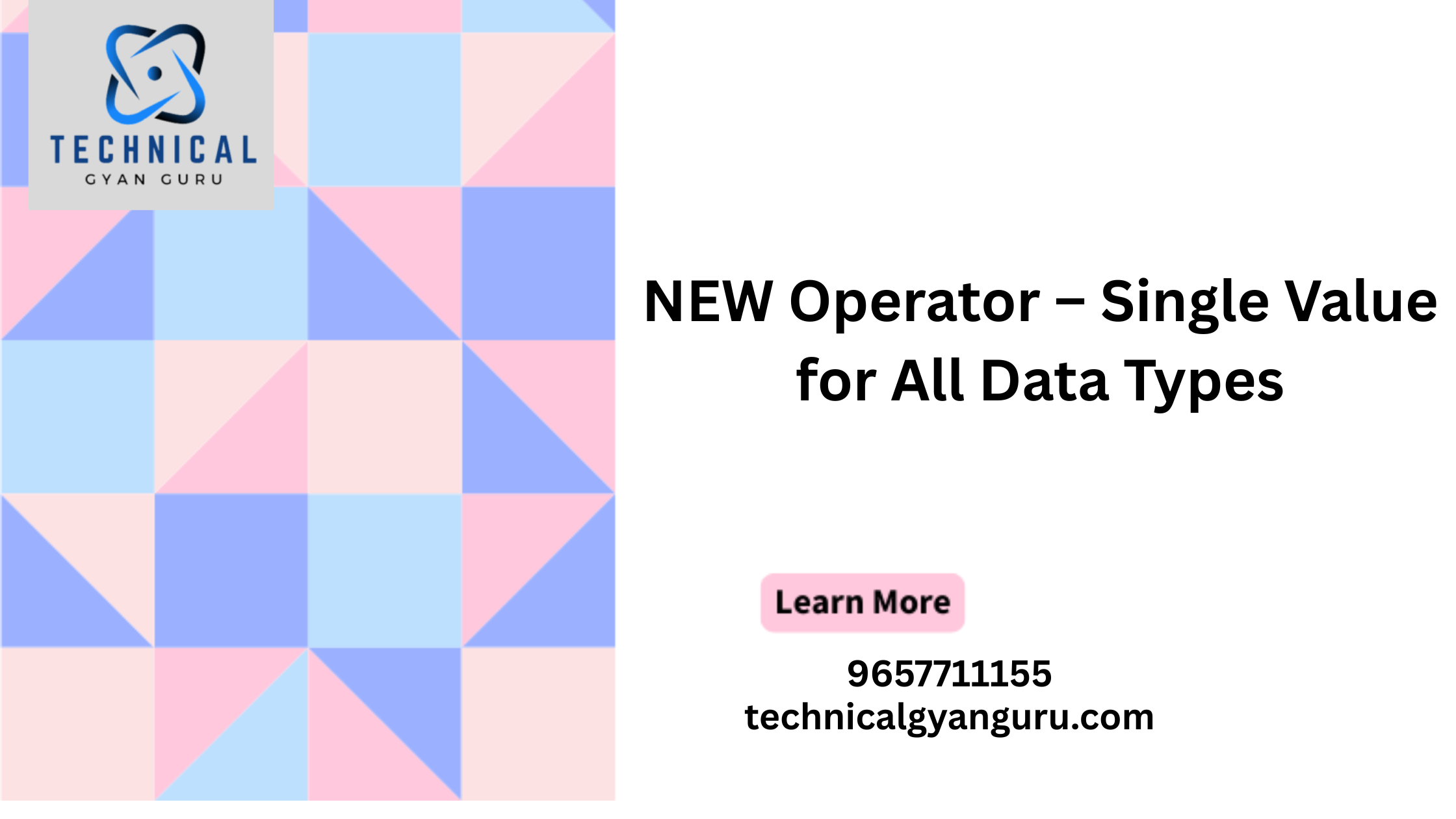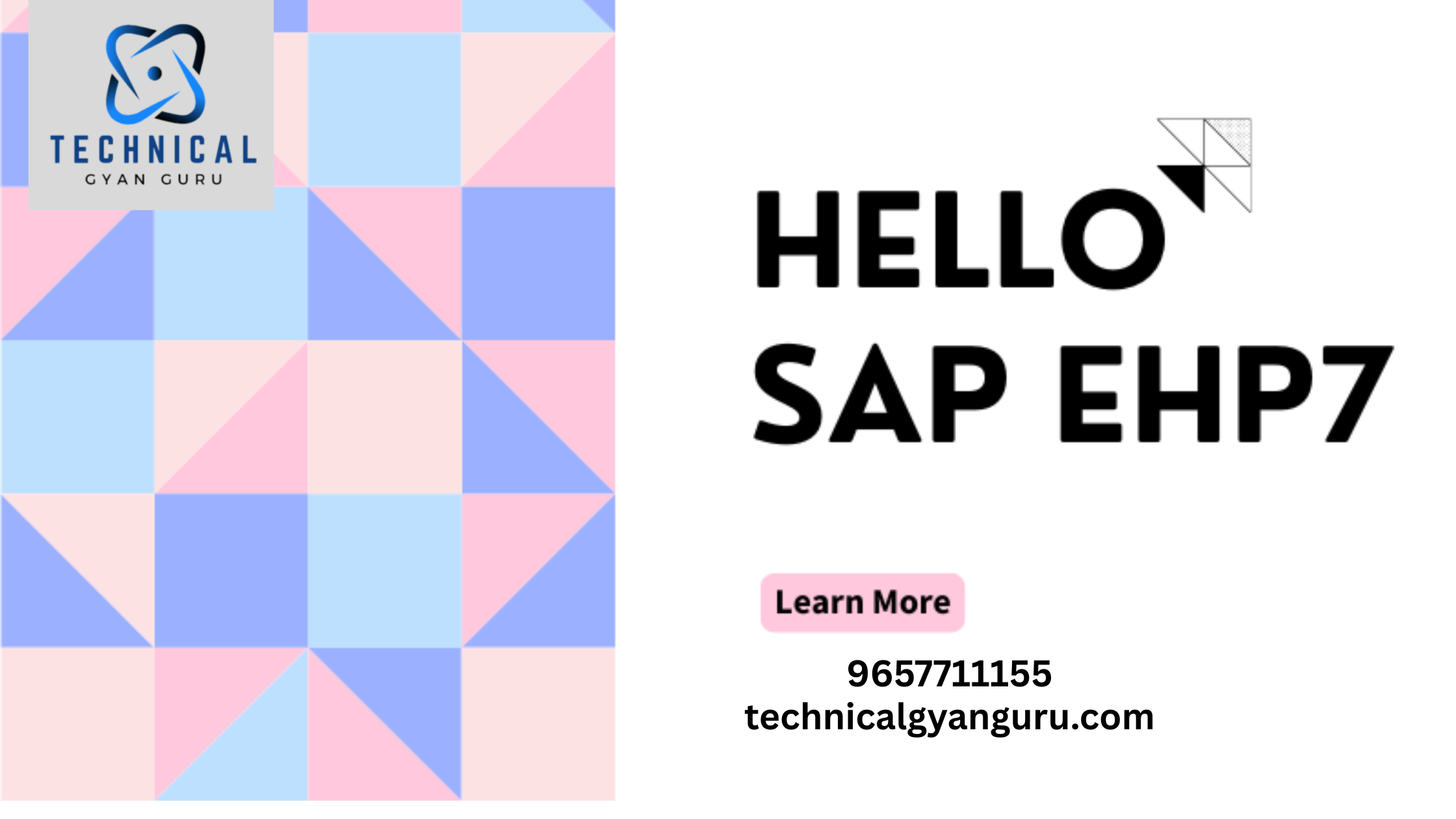In the realm of enterprise resource planning (ERP) systems, SAP (Systems, Applications, and Products) stands as a frontrunner, providing comprehensive solutions for businesses worldwide. Among its modules, SAP Sales and Distribution (SD) Advance is a cornerstone, enabling organizations to streamline their sales processes, optimize distribution, and enhance customer satisfaction. In this comprehensive guide, we will delve into SAP SD Advance, exploring its significance, key features, and how it empowers businesses to excel in the competitive world of sales and distribution.
Understanding SAP SD Advance
1. Evolution of SAP SD
- Traditional Sales and Distribution: Legacy systems often involved manual processes, leading to inefficiencies and delays.
- SAP SD Advance Emergence: SAP introduced SD Advance, revolutionizing the way businesses manage sales and distribution operations.
2. Key Features
a. End-to-End Sales Processes
- SAP SD Advance covers the entire spectrum of sales processes, from inquiry to order processing and delivery.
- Seamless Integration: It integrates with other SAP modules, such as SAP Finance and SAP Materials Management (MM).
b. Pricing and Billing
- Pricing Flexibility: SD Advance offers flexible pricing options, including discounts, promotions, and multiple currencies.
- Automated Billing: It automates billing processes, reducing errors and accelerating invoicing.
c. Inventory Management
- Real-Time Inventory Tracking: SD Advance provides real-time visibility into inventory levels, enabling accurate order fulfillment.
- Warehouse Integration: It integrates with SAP Warehouse Management for efficient distribution.
d. Customer Relationship Management (CRM)
- Enhanced Customer Engagement: SD Advance includes CRM features for better customer interaction and satisfaction.
- Sales Analytics: It offers sales analytics tools for data-driven decision-making.
3. Benefits for Businesses
a. Improved Sales Efficiency
- Streamlined Processes: SD Advance streamlines sales operations, reducing manual effort and increasing efficiency.
- Sales Order Automation: Automation of sales orders minimizes errors and speeds up order processing.
b. Enhanced Customer Satisfaction
- Timely Deliveries: Real-time inventory and order tracking lead to on-time deliveries and satisfied customers.
- Personalized Service: CRM capabilities allow for personalized customer interactions and targeted marketing.
c. Accurate Financials
- Error Reduction: Automated pricing and billing reduce financial errors, ensuring accurate financial statements.
- Financial Integration: Integration with SAP Finance ensures financial data consistency.
d. Competitive Advantage
- SD Advance provides businesses with a competitive edge by enabling them to respond swiftly to market demands.
- Data-Driven Insights: Sales analytics tools offer valuable insights for strategic decision-making.
Challenges and Considerations
1. Implementation Complexity
- Implementing SAP SD Advance may be complex, and organizations need to plan carefully and ensure proper training.
2. Data Quality
- Data accuracy is vital, as incorrect data can lead to errors in sales orders, pricing, and billing.
3. Change Management
- Employees need training to adapt to the new system and maximize its benefits.
Conclusion
SAP SD Advance is a game-changer in the world of sales and distribution, offering end-to-end automation, accurate pricing, and enhanced customer engagement. While its implementation may present challenges, the long-term benefits in terms of efficiency, customer satisfaction, and competitive advantage make it an invaluable asset for businesses aiming to excel in today’s dynamic market.
As organizations continue to seek innovative solutions to drive sales and optimize distribution, SAP SD Advance remains a vital tool in their arsenal, paving the way for success in the complex world of sales and distribution.
FAQs
1. Can SAP SD Advance be customized to fit specific business needs?
- Yes, SAP SD Advance can be customized to align with specific business processes and requirements.
2. What types of businesses can benefit from SAP SD Advance?
- SAP SD Advance is versatile and can benefit businesses of all sizes and industries that engage in sales and distribution activities.
3. Is SAP SD Advance suitable for e-commerce businesses?
- Yes, it is highly suitable for e-commerce businesses, as it offers tools for order processing, pricing, and CRM to enhance the customer shopping experience.
4. How does SD Advance handle returns and refunds?
- SD Advance includes features for managing returns and refunds efficiently, ensuring a smooth process for customers and accurate financial records.
5. What kind of support and resources are available for businesses implementing SAP SD Advance?
- SAP offers a range of support services, documentation, and training resources to assist businesses in implementing and optimizing SD Advance.







